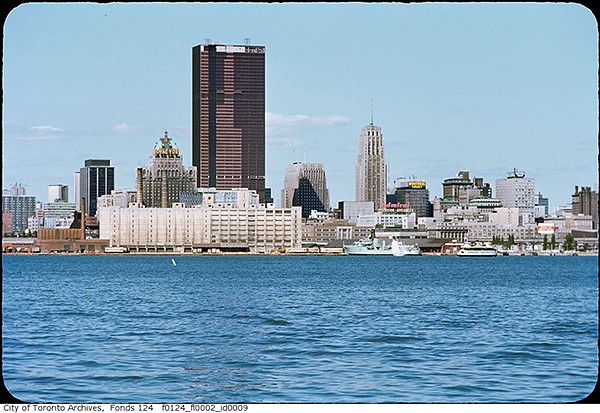NeilV
Active Member
I actually live around Old Mill/Royal York, so I walk through those neighborhoods every day, and yes, I'm telling you I think 40 stories would be just fine. Mind you, we're only talking about near the subway line where the infrastructure exists to support it.It would stick out like a massive cyst would on one's finger.
Take a casual stroll through one of those neighborhoods and once you're done try come back and tell me that 40 stories would be appropriate for any of those neighborhoods.
"Out of context" is not a valid reason to me. Have you ever seen a picture of the TD centre when it first opened in 1967?

Nothing could be more "out of context" than that. And yet the city eventually grew around it to create a grand and beautiful neighborhood that serves the city well today. It may be very different from what it was pre-1967, but that's not a bad thing.
Don't forget that originally this whole area was nothing but forest. Then the first farm was built, the first house, the first multi-storey building, etc - all of those would have been "out of context" at the time, but that does not mean that they ruined the neighborhood. The reality is that cities grow and cities change, and your so-called "context" needs to malleable to accomodate that.
What makes this area so sacred that it must not be changed from its current state at this exact point in time? This is simply irrational and unjustifiable NIMBYism at its worst.